Countertop Sealing Timing and Tips
Countertop sealings are essential for maintaining the durability and appearance of surfaces such as granite, quartz, and marble. The timing of sealing can impact its effectiveness and longevity, making it a critical consideration for property owners and maintenance professionals.
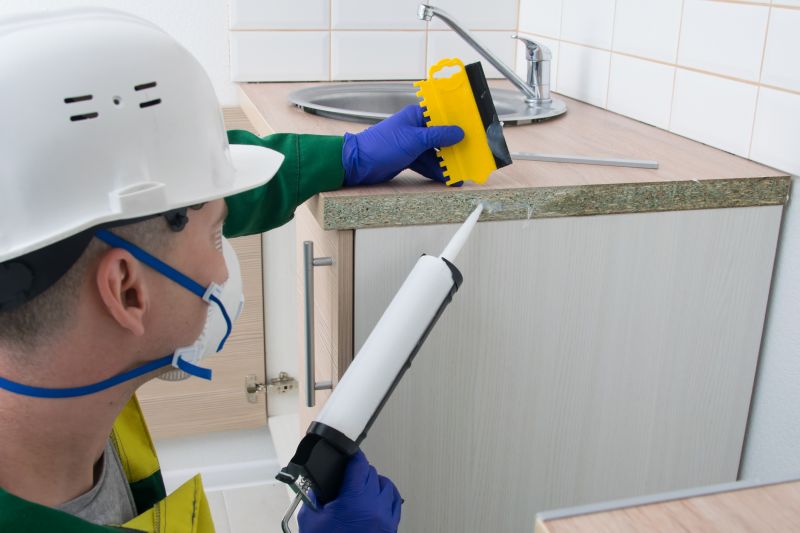
Sealing countertops prior to extensive use helps protect surfaces from stains and damage.

Sealing immediately after installation ensures maximum protection from day one.

Regular re-sealing maintains surface integrity over time, typically every 1-3 years depending on usage.
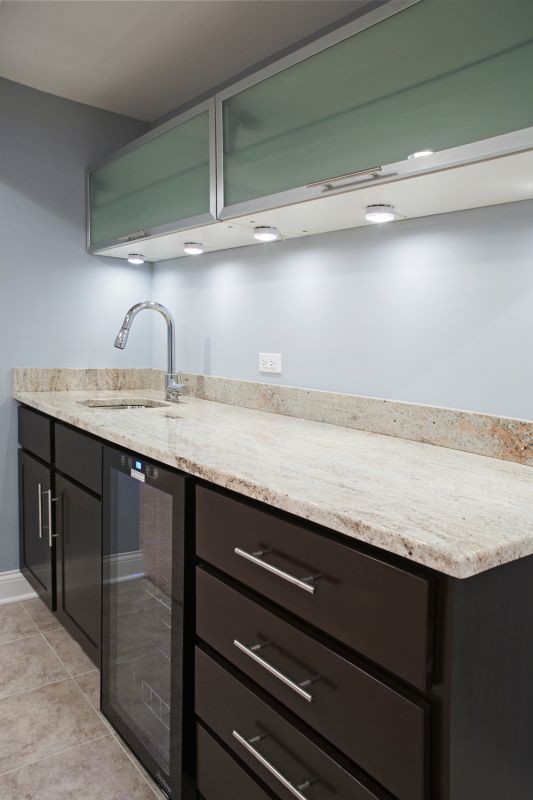
Ways to make Countertop Sealings work in tight or awkward layouts.
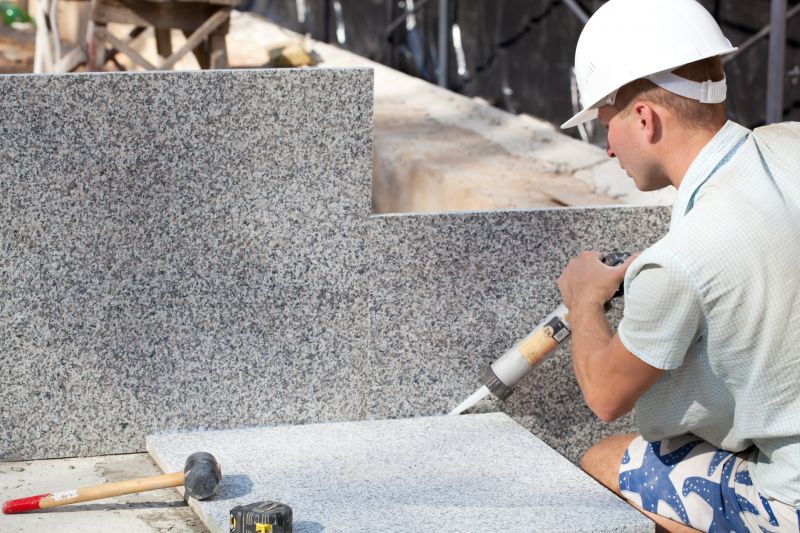
Popular materials for Countertop Sealings and why they hold up over time.

Simple add-ons that improve Countertop Sealings without blowing the budget.
Optimal timing for countertop sealing depends on material type, usage frequency, and environmental conditions. For example, porous stones like marble and limestone require sealing soon after installation and periodic re-sealing to prevent staining. Non-porous surfaces such as quartz may need less frequent sealing, often only when signs of wear appear.
Water absorption, staining, or dullness can signal that a countertop needs resealing.
Sealing during warmer, dry months can improve absorption and curing of sealants.
Porous surfaces generally require re-sealing every 1 to 2 years, while non-porous surfaces may need less frequent attention.
Proper sealing can extend the lifespan of countertops by preventing damage from spills and stains.
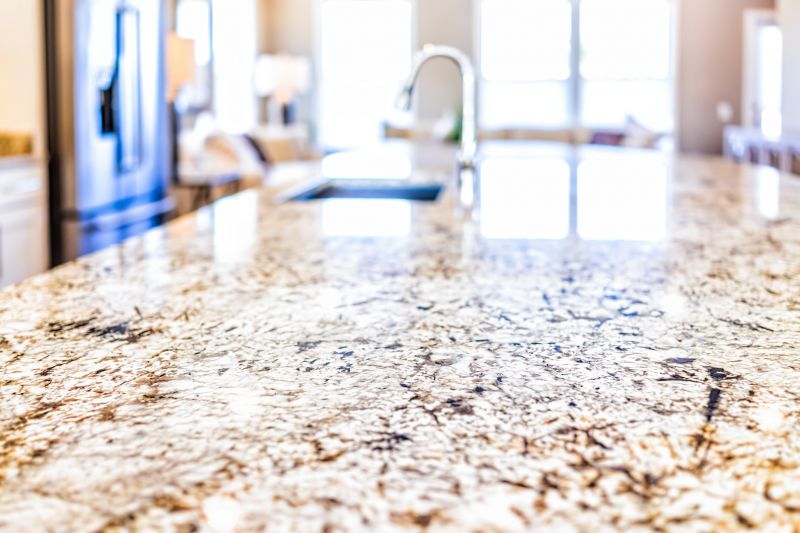
Application of sealant on a granite countertop.
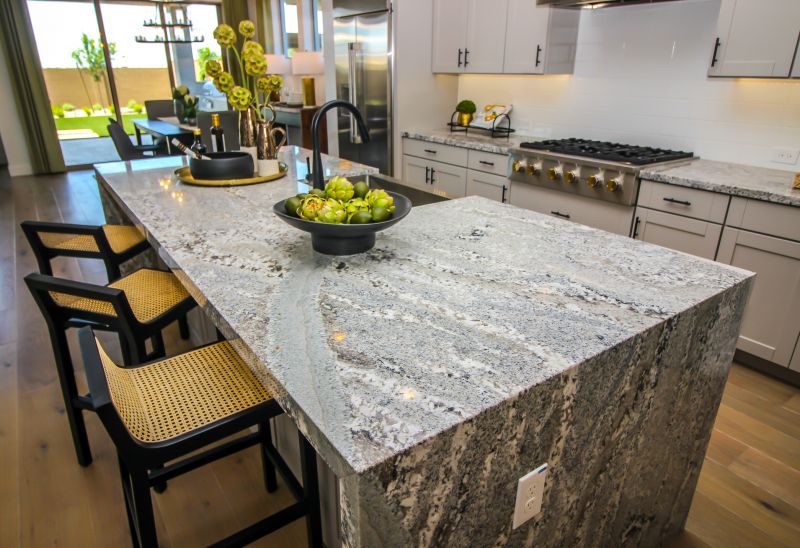
Visual comparison showing protection effects.
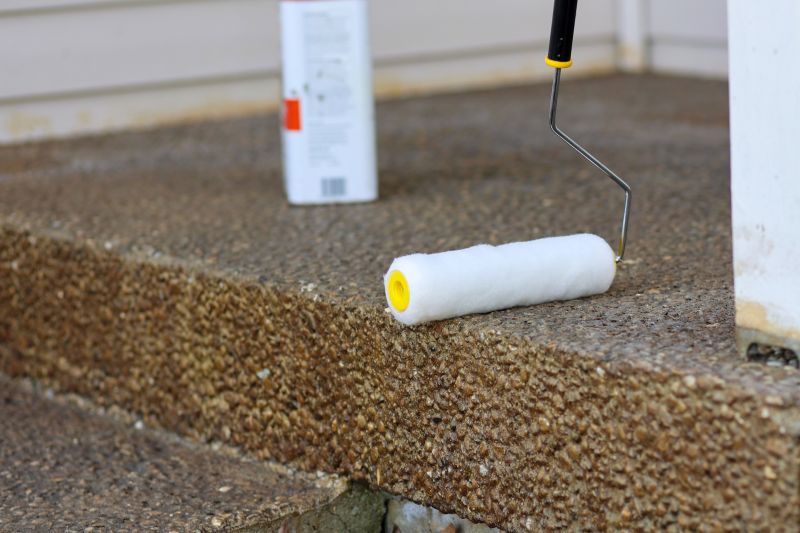
Brushes, rollers, and sealant bottles used in sealing.

Comparison of material porosity levels.

High-end options that actually feel worth it for Countertop Sealings.
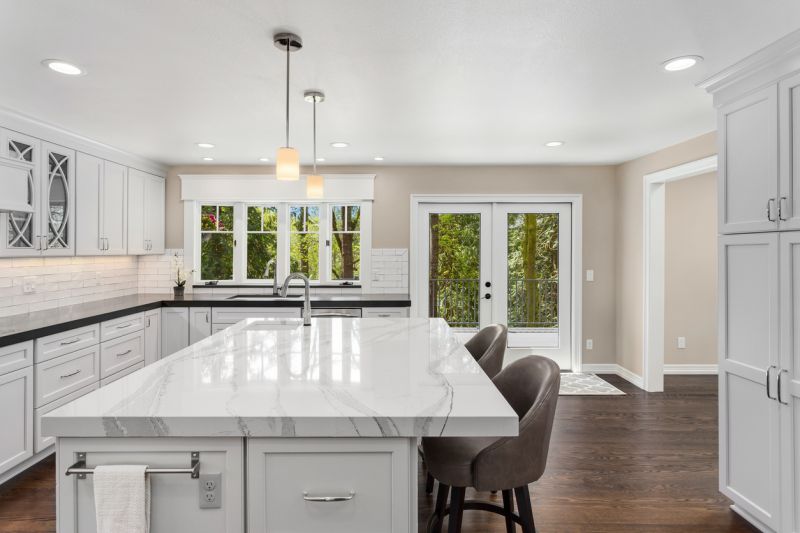
Finishes and colors that play nicely with Countertop Sealings.
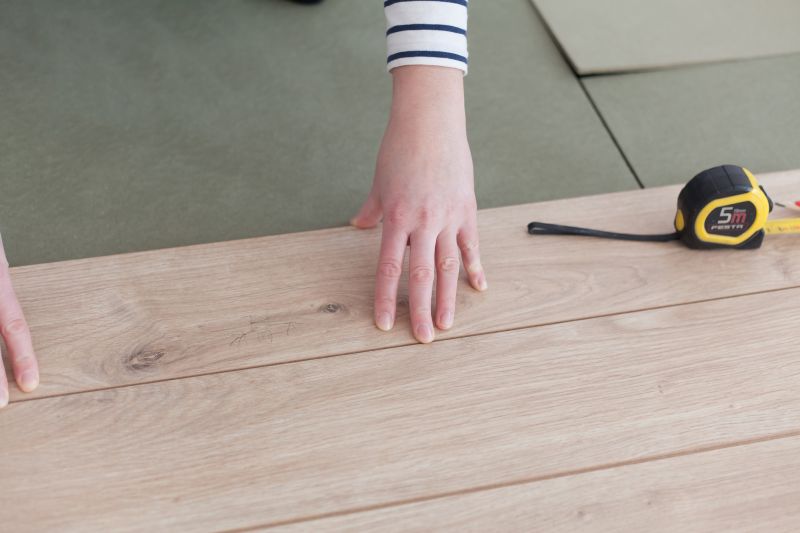
Little measurements that prevent headaches on Countertop Sealings day.
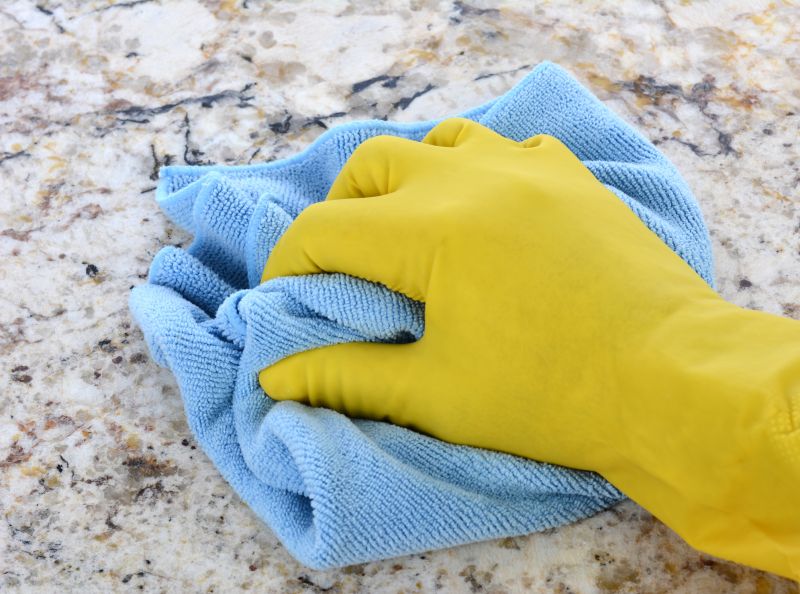
A 60-second routine that keeps Countertop Sealings looking new.
| Sealing Timing Aspect | Details |
|---|---|
| Immediately after installation | Provides maximum protection from the start. |
| Before heavy use | Prevents stains and damage during initial use. |
| When signs of wear appear | Maintains surface integrity over time. |
| During warmer, dry seasons | Enhances absorption and curing. |
| Every 1-3 years for porous surfaces | Ensures ongoing protection. |
| As needed for non-porous surfaces | Based on appearance and use. |
Understanding the optimal timing for sealing countertops ensures long-lasting surfaces with minimal maintenance. Proper scheduling based on material type and environmental conditions can improve appearance, prevent damage, and extend the lifespan of the surfaces. Regular inspections help determine when resealing is necessary, maintaining the protective barrier effectively.

Applying sealant on a marble countertop.
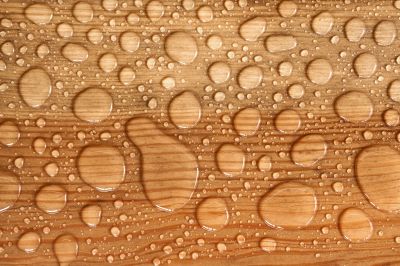
Droplet on sealed surface demonstrating water repellency.
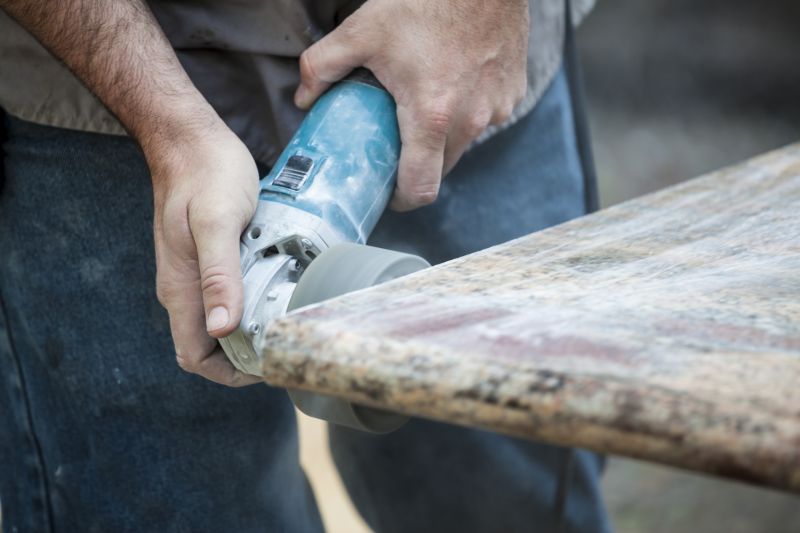
Professional application process.
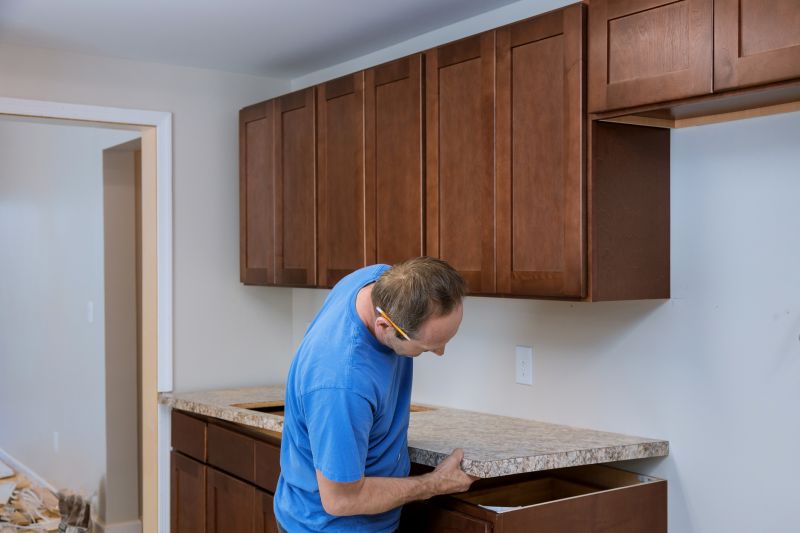
A frequent mistake in Countertop Sealings and how to dodge it.
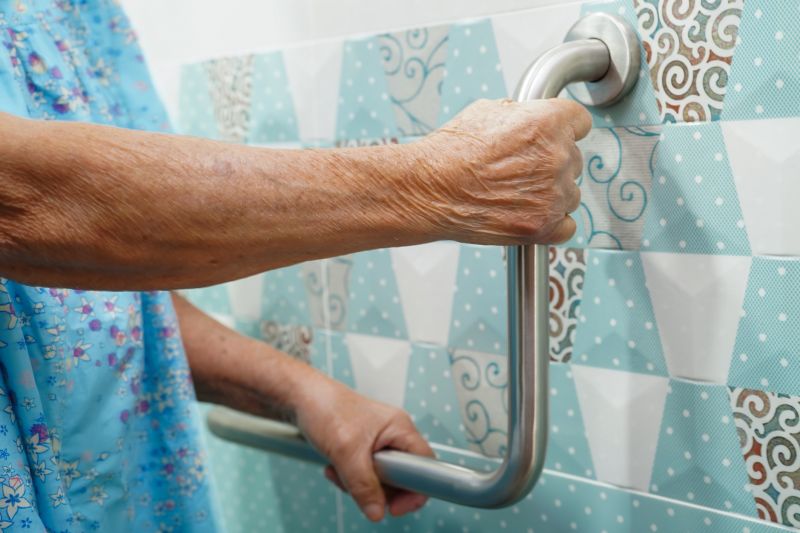
Small tweaks to make Countertop Sealings safer and easier to use.

Lower-waste or water-saving choices for Countertop Sealings.

The short, realistic tool list for quality Countertop Sealings.
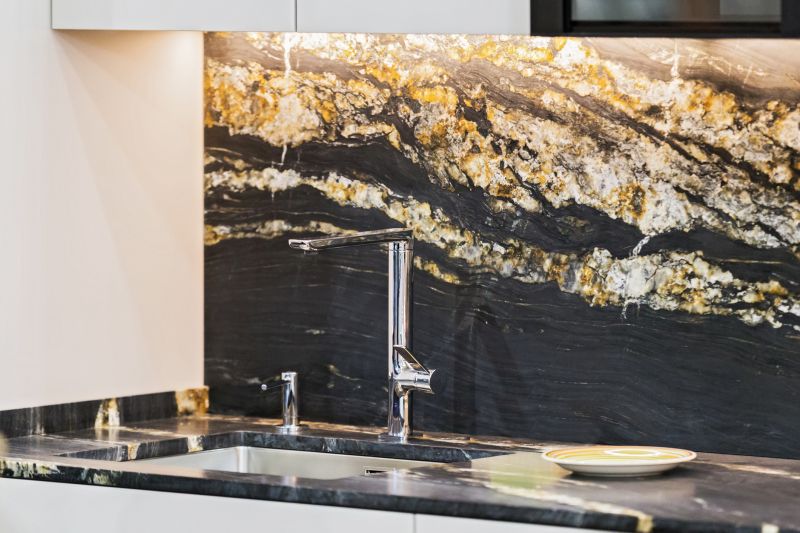
Rough timing from prep to clean-up for Countertop Sealings.
For property owners considering countertop sealing, timing is crucial for maximizing benefits. Properly scheduled sealing enhances surface resistance to stains, spills, and wear. Regular maintenance and timely resealing contribute to the longevity and appearance of countertops over time.
Interested in learning more about the best timing for countertop sealings? Filling out the contact form can provide tailored guidance and ensure surfaces receive the appropriate protection at optimal intervals.



